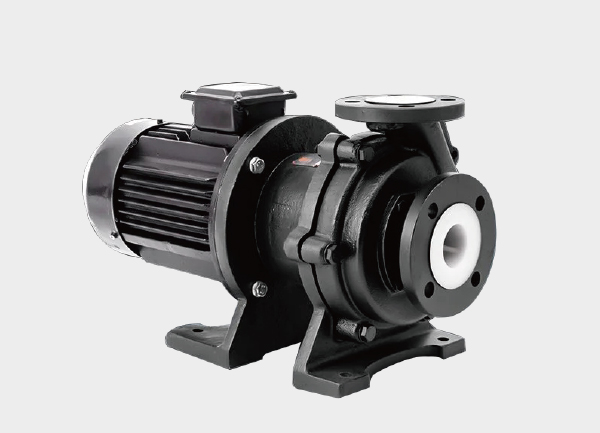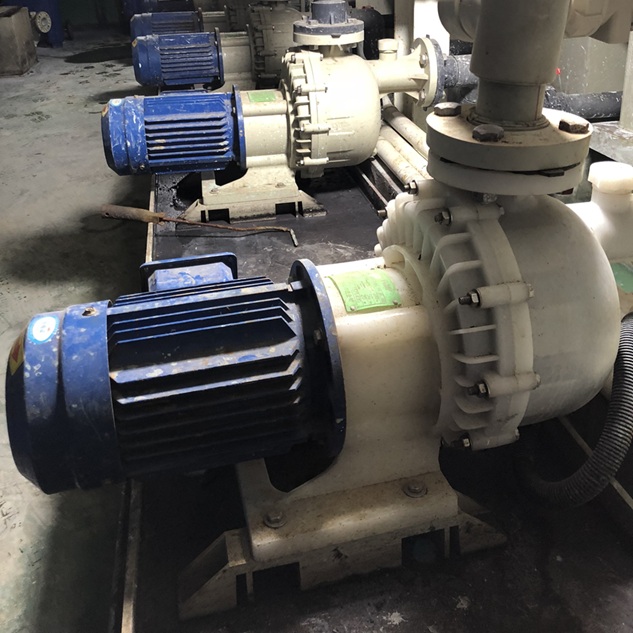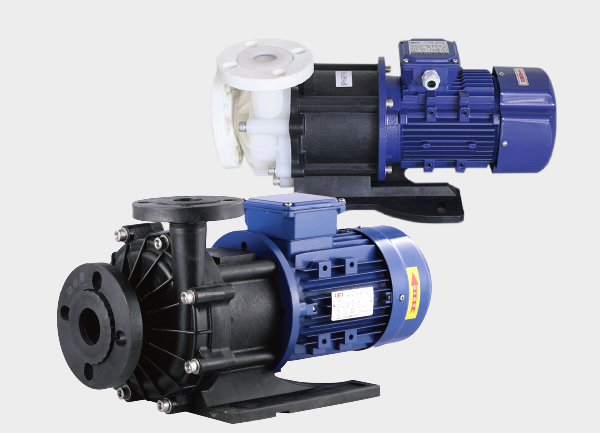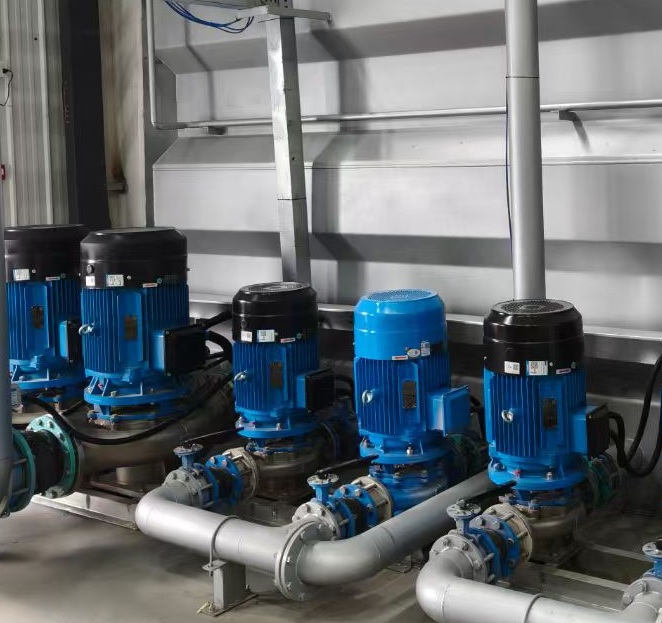1. Rethinking “Leak-Free”: What Magnetic Drive Pumps Really Solve
In chemical and process industries, leakage is more than an inconvenience — it’s a safety hazard, environmental liability, and cost driver.
A magnetic drive pump (mag-drive pump) eliminates the root cause of leakage by removing the mechanical seal entirely. Instead, torque is transmitted magnetically through an isolation shell, creating a fully sealed hydraulic system.
Unlike conventional pumps that rely on dynamic seals, a magnetic driven pump uses non-contact magnetic coupling between the motor and impeller. This design ensures zero leakage, even when handling corrosive acids, toxic solvents, or volatile hydrocarbons.
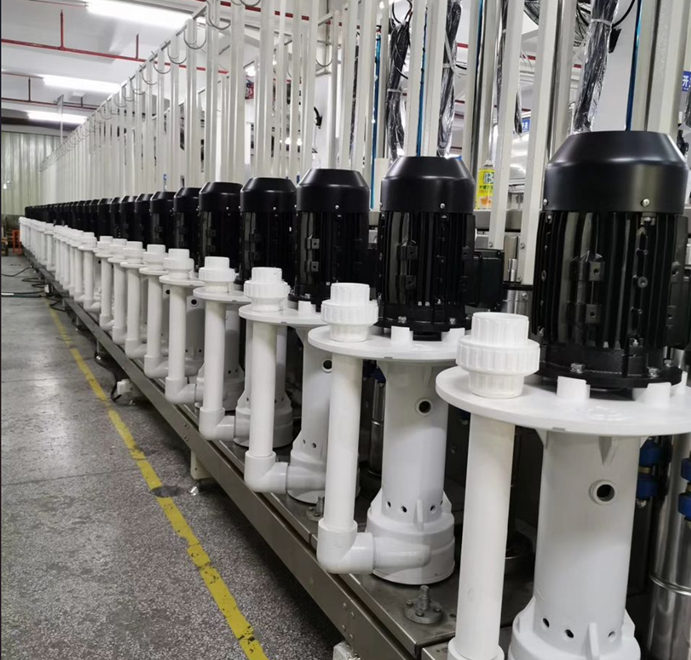
2. How Magnetic Coupling Replaces the Weakest Link
A magnetic drive pump consists of:
Outer magnet rotor (connected to the motor shaft)
Inner magnet rotor (attached to the impeller)
Isolation sleeve that separates the liquid chamber from the drive unit
When the motor spins the outer magnet, its magnetic field drives the inner magnet and impeller without physical contact.
This means no shaft penetration, no seal wear, and no emission path — transforming pump reliability from a maintenance problem into a design guarantee.
3. Hidden Industry Pain Points — and How Magnetic Pumps Fix Them
| Industry Challenge | How Magnetic Drive Pumps Solve It |
|---|---|
| Frequent seal failures & leakage | Seal-less magnetic coupling eliminates moving seals entirely |
| Aggressive or corrosive fluids | Non-metallic (PTFE, PVDF) or alloy isolation sleeves resist attack |
| High-temperature service | SmCo magnets maintain torque up to 350 °C |
| Eddy-current heating | Ceramic or carbon-fiber sleeves minimize heat generation |
| Crystallizing or particle-laden media | Customized bearings and filters prevent jamming and seizure |
This isn’t just about containment — it’s about long-term system reliability under punishing operating conditions.
4. Types of Magnetic Drive Pumps and Their Strengths
Magnetic Drive Centrifugal Pump – Ideal for large-flow, low-viscosity fluids such as water, acids, and solvents.
Magnetic Drive Gear Pump – Handles viscous or metered flows like resins and oils with precision dosing.
Magnetic Drive Chemical Pump – Designed for highly corrosive or toxic process media.
Centrifugal Magnetic Drive Pump – Multi-stage configuration for high-head or long-distance transfer systems.
Each variant uses the same magnetic principle but optimized hydraulics and materials for specific industrial needs.
5. System-Level Reliability: The True Cost Advantage
Beyond preventing leaks, mag-drive pumps deliver measurable savings:
No seal replacement → lower maintenance cost
Extended mean time between failures (MTBF)
Reduced downtime and spare-parts inventory
No secondary containment systems required
For continuous-duty chemical plants, lifecycle cost analysis often shows a 20–30 % reduction compared to mechanical-seal pumps.
6. The Next Frontier: Smart, Predictive, and Modular
Modern magnetic pumps are evolving with integrated monitoring:
Magnetic temperature sensors detect abnormal heating
Bearing wear sensors enable predictive maintenance
Modular construction simplifies repair and upgrades
The result is a new generation of intelligent magnetic drive pumps — leak-free, low-maintenance, and IoT-ready for Industry 4.0 environments.



